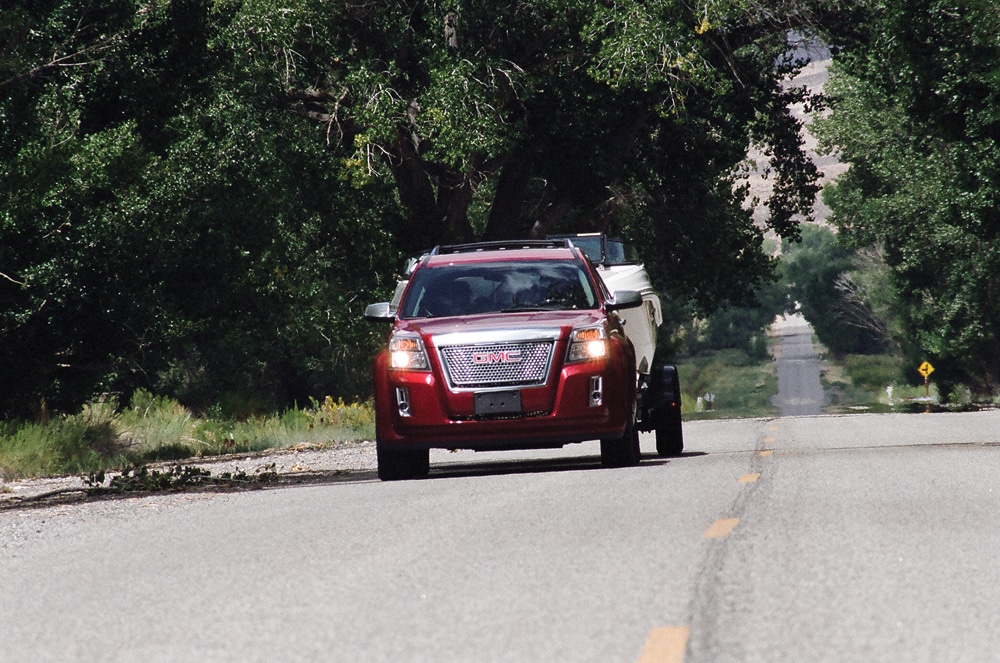
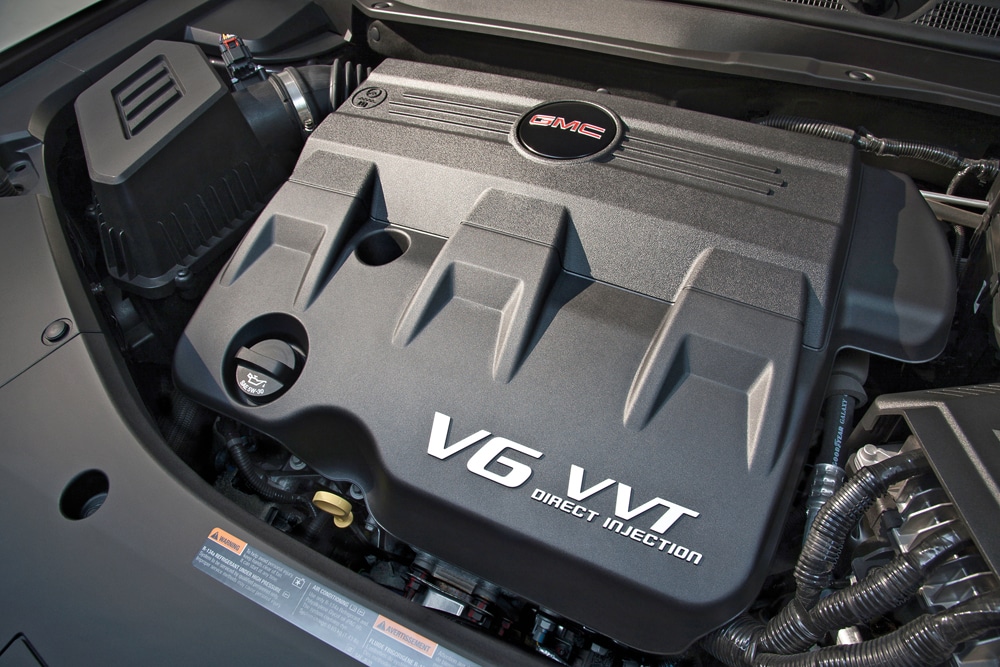
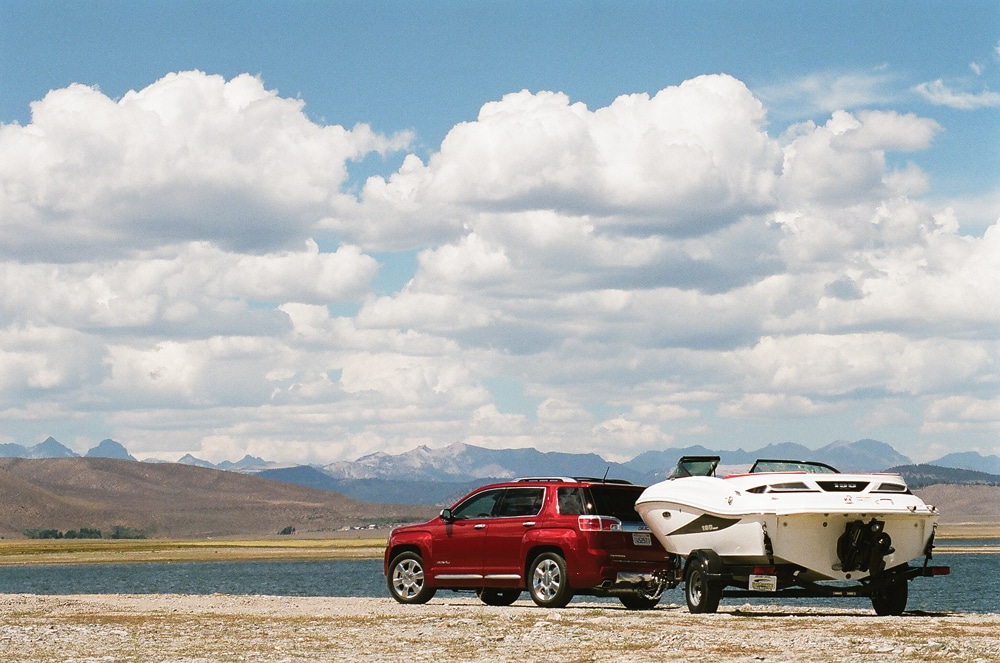
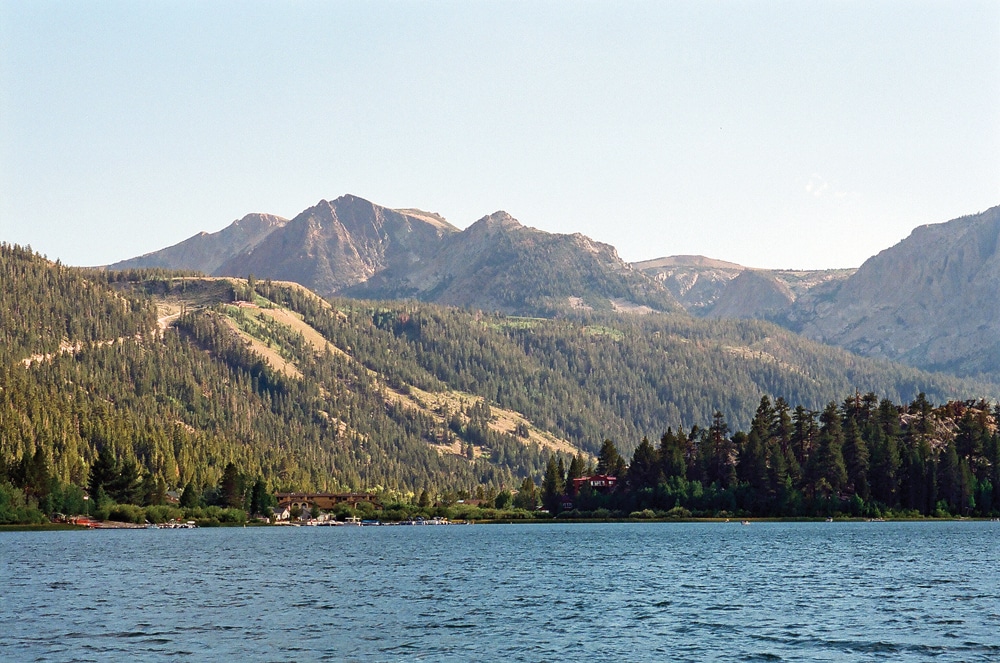
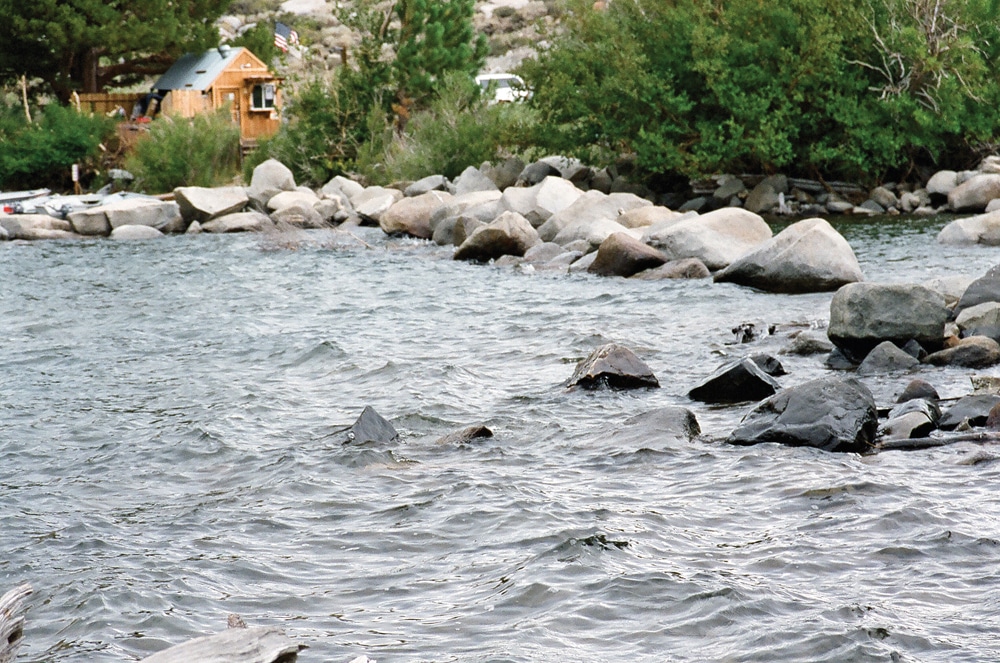
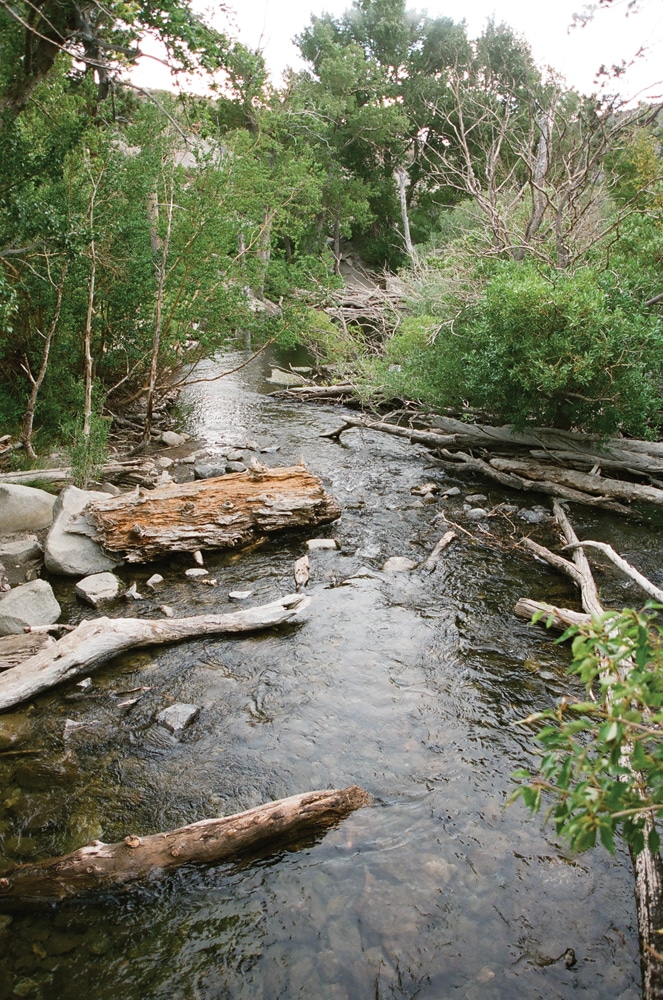


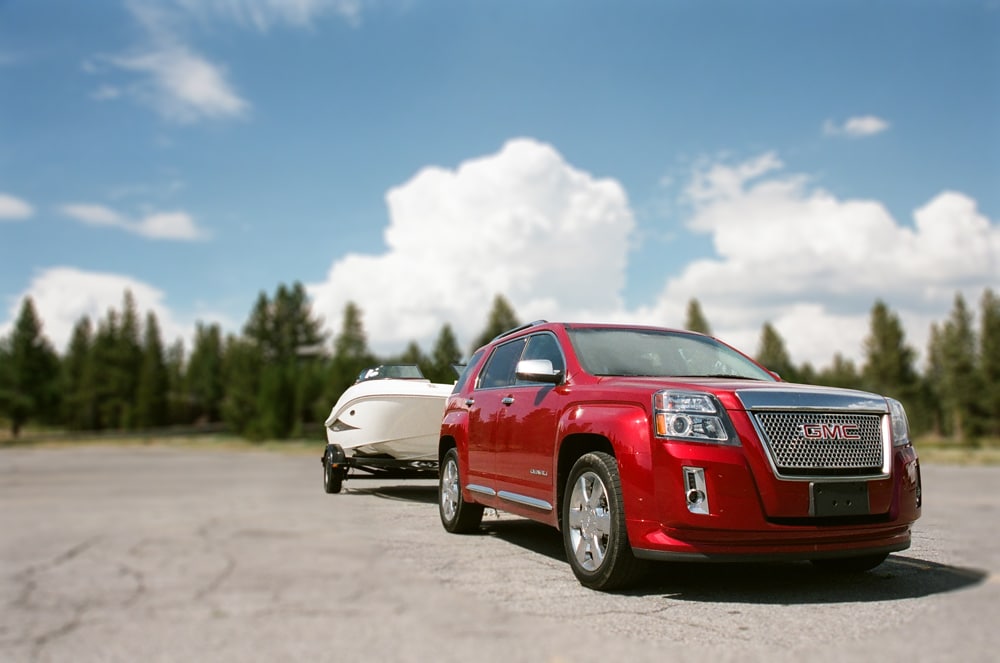
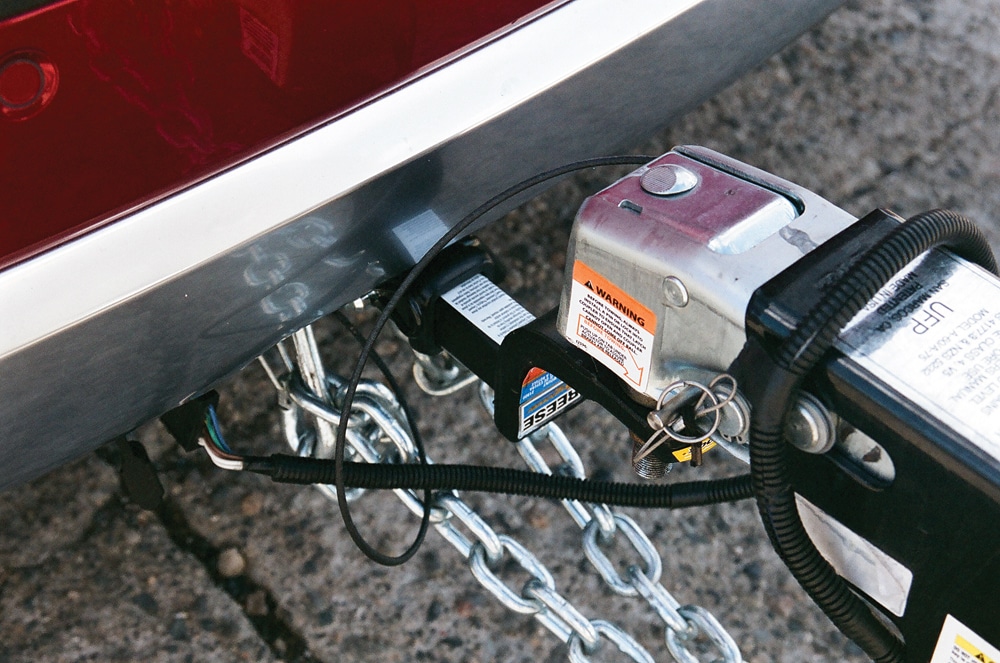
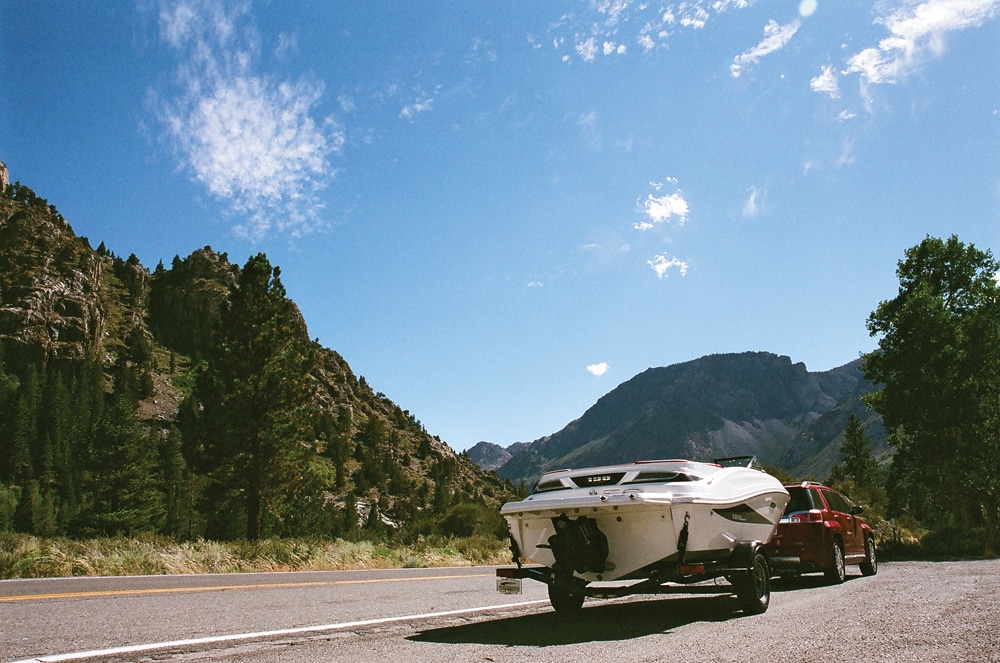
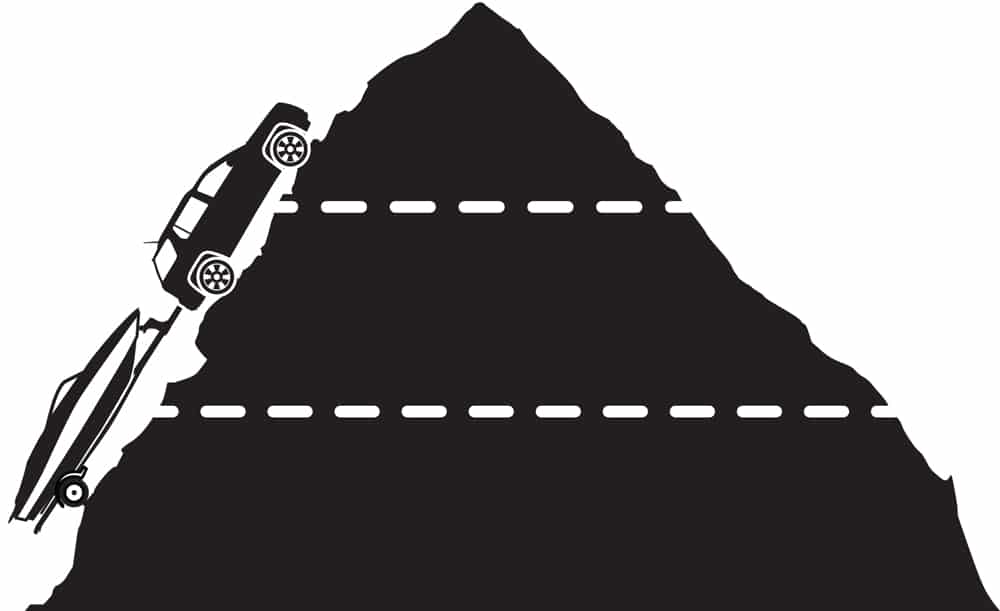
At a mile of elevation such as at Denver, there’s 17 percent less oxygen in the air. Humans recognize this by finding it harder to breathe — but your boat and truck engine display it as loss of performance. In round numbers, a normally aspirated (i.e., not supercharged or turbocharged) engine loses 3 percent of its power output for every 1,000 feet in elevation climb. And as we discovered with the Sea Ray 190 Sport, while 135 hp may be perfectly adequate at sea level, 21 percent less power at 7,135-foot Grant Lake in the Sierras meant a pretty long slog onto plane. We’re glad the Terrain had a 3.6-liter V-6, and next time, we’d order the 220 hp V-6 (optional at $6,077) in the Sea Ray too. To calculate the high-altitude power loss for your own boat or truck, here’s the formula: horsepower loss = (elevation x 0.03 x horsepower at sea level ) ÷ 1,000.
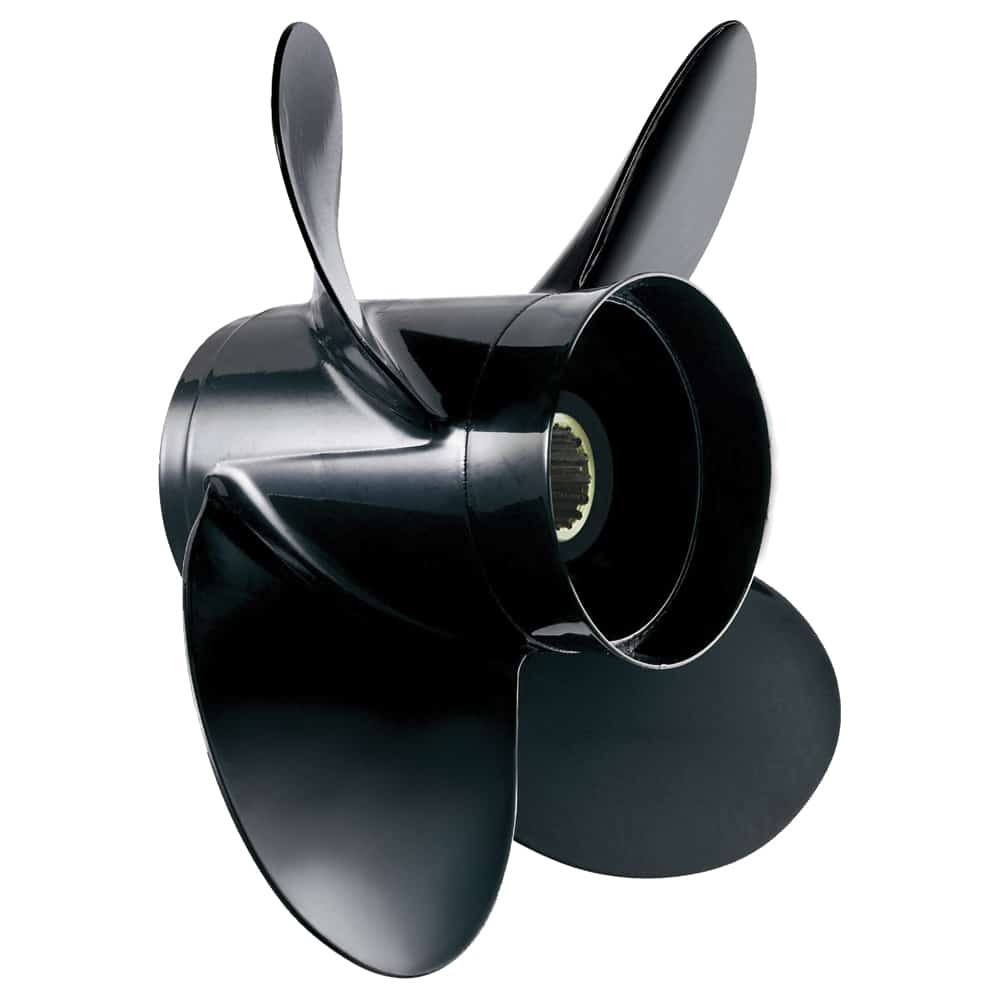
At a mile of elevation such as at Denver, there’s 17 percent less oxygen in the air. Humans recognize this by finding it harder to breathe — but your boat and truck engine display it as loss of performance. In round numbers, a normally aspirated (i.e., not supercharged or turbocharged) engine loses 3 percent of its power output for every 1,000 feet in elevation climb. And as we discovered with the Sea Ray 190 Sport, while 135 hp may be perfectly adequate at sea level, 21 percent less power at 7,135-foot Grant Lake in the Sierras meant a pretty long slog onto plane. We’re glad the Terrain had a 3.6-liter V-6, and next time, we’d order the 220 hp V-6 (optional at $6,077) in the Sea Ray too. To calculate the high-altitude power loss for your own boat or truck, here’s the formula: horsepower loss = (elevation x 0.03 x horsepower at sea level ) ÷ 1,000.
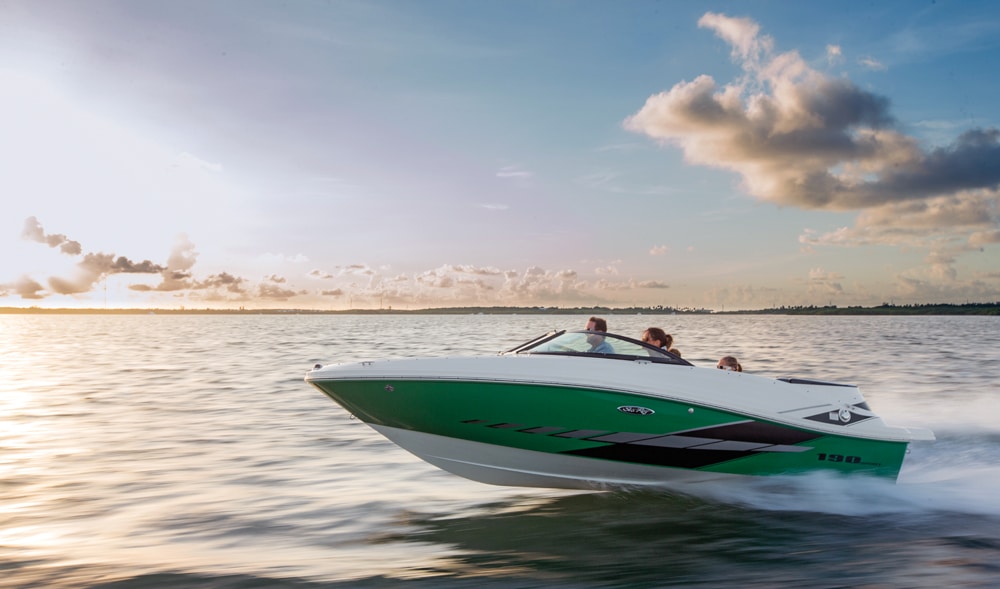
Sea Ray’s 190 Sport evinces style and function. We liked the fiberglass-lined stowage lockers as much as its spacious sun pad and transom-to-cockpit walkway. Its aggressive stance hints at the spirited performance we enjoyed. Starting at $29,036; searayboats.com
Crisp pine-scented air, cool snow-fed waters and inspiring 2-mile-high peaks make Sierra Nevada boating a lifetime high. But many believe that high altitudes require high power from both boat and tow vehicle engines. We think it’s plenty cool hitching a boat powered by a big V-8 to a grunty, full-size V-8 tow vehicle. Combos like that can derail your retirement with an 8 mpg appetite on the highway and up to 30 gph thirst on the lake — not to mention the combined price of over $150,000.
Is the dream dead? Maybe just downsized.
Priced at a base $36,675 and $29,036, respectively, the GMC Terrain Denali all-wheel-drive and 19-foot-8-inch Sea Ray 190 Sport challenge the precept that you need monster-truck dimensions and monstrous torque to tackle high-altitude conditions. We hauled the pair into the Sierras to offer some real challenges through passes over 8,000 feet high, and lakes nearly that high, to find out how small we could reliably go on the road and on the water — and still yield good performance at high altitude.
Small Engines and Towing
While researching a small truck or SUV to pair with a small sport boat, we began with four-cylinder SUVs such as the Ford Escape and Honda CR-V. However, most four-cylinder vehicles have modest tow ratings of 1,000 to 2,000 pounds — adequate for only a potato-chip-size powerboat or else small off-highway vehicles or camping trailers. Yet a few four-cylinder options can do more. Standouts include Subaru’s 2.5-liter turbocharged Outback, which can tow 2,700 pounds, and Toyota’s 2.7-liter Tacoma pickup, which can tow 3,500 pounds.
None of these were available in the press fleets to test, so we stepped up to V-6, which dramatically increased the options. When equipped with all-wheel-drive and a 2-inch Class III hitch receiver, it’s common for a V-6 SUV to be tow-rated at 4,500 pounds, which gets you into the range of a 21-foot sport boat and trailer. The GMC Terrain, with the optional 3.6-liter V-6, has a tow rating of 3,500 pounds, letting it handle a host of sport boats including the 2,600-pound Sea Ray plus its 600-pound trailer.
Fear Not, Little Hitch
When the Terrain arrived for the test, I immediately eyeballed its trailer hitch. What I saw dismayed me, because the vehicle had a little 1¼-inch hitch receiver and a flat-four wiring outlet — the kind you see hauling bicycles on a mommy van. Crikey! A wave of panic — and visions of a boat breaking loose from its puny hitch at speed — shocked my occipital lobe. But I needn’t have worried, because the Terrain’s hitch decal (and the owners manual) thankfully confirmed a Class II 3,500-pound rating. A quick trip to the auto-parts store netted a solid 1¼-inch drawbar, onto which I bolted my existing 2-inch ball. Lightweight as the hitch looked, it worked perfectly over 1,000 miles of towing.
One challenge was that the GMC’s $350 tow package included only four-pin trailer wiring, whereas the boat trailer had a five-pin setup whose crucial extra wire operates a solenoid that allows backing up. I couldn’t find a four- to five-pin wiring adapter in town, so when backing up, we made do by plugging the fifth plug on the trailer harness into the taillight outlet on the SUV’s harness and then turning on the headlights to lock out the trailer’s brake. This bootleg fix works perfectly, but it’s inadvisable because you can’t back up quickly in an emergency.
Surprisingly Stable
It had been a few years since I’d towed a boat behind a vehicle as small as the Terrain. The standard powertrain is a little 2.4-liter four-cylinder, but the $1,750 V-6 option (which includes 19-inch wheels) adds direct injection and the latest automotive performance/fuel-economy technology. This engine was a necessity because the standard four-cylinder Terrain is rated at just 1,500 pounds of towing capacity. Variable valve timing and a six-speed automatic transmission with a manual-shift mode are included in either case.
Our route took us north out of the Los Angeles area through Owens Valley on the eastern side of the 400-mile-long Sierra Nevada range. Starting as desert, the scenery eventually morphed into beautiful alpine surroundings lined with pine forest and framed by high peaks. Steep grades with daunting names like Deadman Summit range over the 8,000-foot elevation mark. Particularly at altitude (see “Altitude’s Effect on Performance”), such climbs are taxing for most tow vehicles. The Terrain took it in stride, and although it won’t set any towing speed records like GM’s big turbocharged 6.6-liter Duramax diesel could, the Terrain and Sea Ray held their own, and the power was perfectly adequate to keep up with nearby traffic.
There are no low-range gears in the Terrain AWD system, as with a Jeep, Land Rover or 4WD pickups. Fortunately, though, even at high-altitude Convict, Crowley, Grant and June lakes, we didn’t need them. The Terrain was able to pull the Sea Ray up the steepest ramps with reasonable ease, and the sound of gravel crunching under all four tires proved the AWD system was helping out. So launching was easy enough — and the rearview camera helped out whenever we needed to rehitch the trailer.
Besides having a favorable purchase price compared with those of full-size vehicles, the Terrain delivered much better fuel economy than a larger truck/boat combination would. Our calculated mileage for the entire 1,000-mile trip was 14.8 mpg (with the instrument-panel display showing a similar 14.9 mpg) — much more acceptable readings than the 8 mpg that a full-size truck or SUV would deliver while towing a larger sport boat. And in a daylong side trip to high-altitude ghost town Bodie, California, with the boat left behind in a parking lot, the Terrain returned 20.7 mpg — showing that towing a boat used about 28.5 percent more fuel.
Unexpected Maneuverability
The Terrain drives stable and secure, boasting road manners more like a sport sedan’s than an SUV’s. And with the full weight of the Sea Ray and trailer behind it, the handling didn’t get squirrelly. There was just the hint of the classic “tail wagging the dog” feeling when the pavement undulated or wallowed. But not one time in 1,000 miles did the package ever feel unwieldy. I’d even go so far as to call the Terrain and Sea Ray’s entry-level sport boat perfect partners.
While maneuvering for a parking spot one day and swinging a U-turn on another, I noted one hidden advantage of a smaller truck-boat combination — terrific agility compared to larger trucks. The Terrain has a rated turning diameter of exactly 40 feet — over 15 feet narrower than a full-size GMC crew-cab, long-bed pickup has.
Creature Comforts
Before the trip I had advised family members to pack a single duffle apiece, reserving the Terrain for personal items and relegating anything boating-related to the Sea Ray for the trip. But the SUV/boat luggage balance shifted when we added an ice chest to the Terrain’s load, jettisoning some luggage to the boat. Even though the Terrain is rated at an impressive 31.6 cubic feet of storage space with the second-row seating in the up position, we used it all — and then some. That’s a benefit of towing a boat, which can swallow up excess stuff.
Inside, the seating positions and legroom were favorable in all positions — a welcome relief for those drawing a back-seat card for several hundred miles at a stretch. The only unpleasant trait that the Terrain exhibited was significant engine noise when the transmission downshifted into fourth gear while climbing grades. Here our sound meter registered 74 decibels (dbA) under full-throttle acceleration, and then on smooth pavement, the Terrain whooshed along at 60 mph with just 64 dbA interior noise — low enough for quiet conversation.
Small Really Is Beautiful
Our weeklong experiment with a smaller tow vehicle and a smaller boat revealed three key advantages. First is cost. The $72,481 combined manufacturer’s suggested retail price of the Sea Ray 190 Sport and V-6-equipped GMC Terrain Denali was roughly half of what a big turbodiesel pickup and top-shelf wakeboard boat would cost, and they accomplished the same needs on our trip — meaning they transported a family in comfort and safety, competently towed a sport boat into the mountains, and then provided some high-altitude wakeboarding. Second, the GMC Terrain delivered 75 percent better fuel efficiency for the trip than a big pickup and boat package would have, saving us an estimated $230 at the pump over a week and 1,000 miles. And third, the smaller size provided exceptional maneuverability, allowing a more relaxed driving experience and easier access to tight boat ramps and parking lots. So while there’s still no replacement for displacement (or a good turbocharger), when it comes to steep grades and high-altitude motoring, this Boating experiment proved that a little moderation can team up beautifully with a massively good time.








